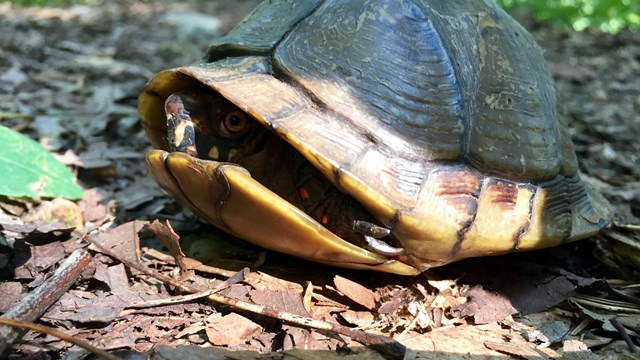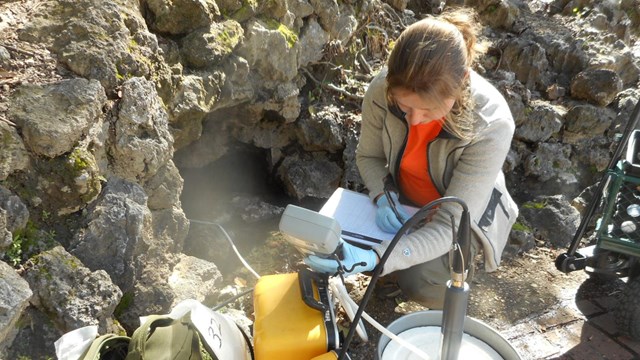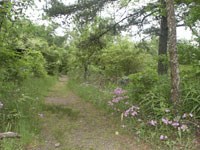
NPS photo by Gail Sears Hot Springs National Park is particularly rich in the great variety of grasses to be found on its wooded slopes and in its moist valleys and occasional open fields. Grasses of Hot Springs National Park Below are a list grasses from Hot Springs National Park and it's vicinity, compiled by Francis J. Scully, 1942.
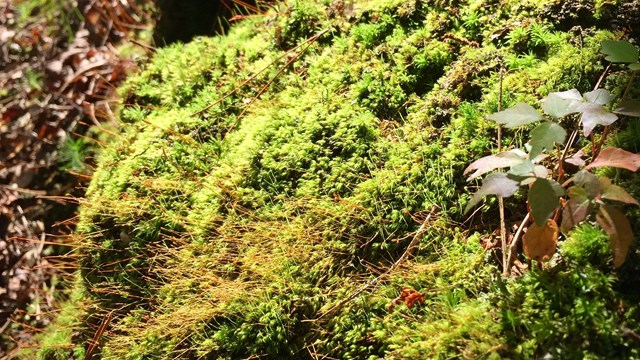
Mosses & Liverworts
Mosses and liverworts provide soil stabilization and help regulate soil moisture and temperature. Find out which species are in the Park. 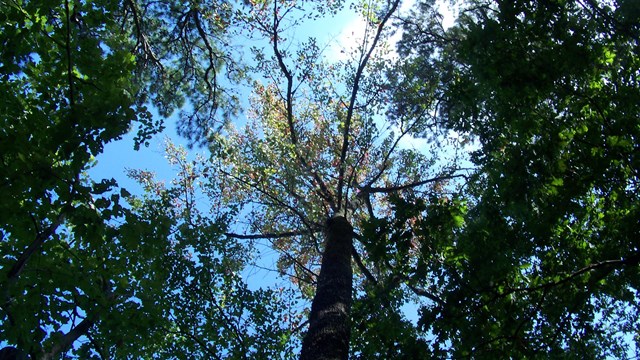
Trees & Shrubs
The mountains surrounding Hot Springs National Park are covered with deciduous and evergreen trees and shrubs. Explore their world. |
Last updated: August 5, 2021

